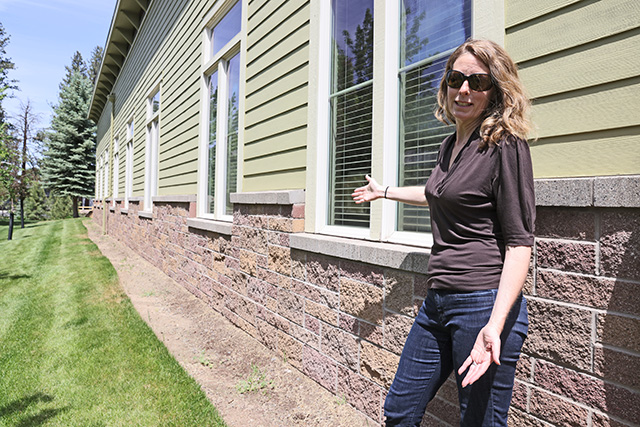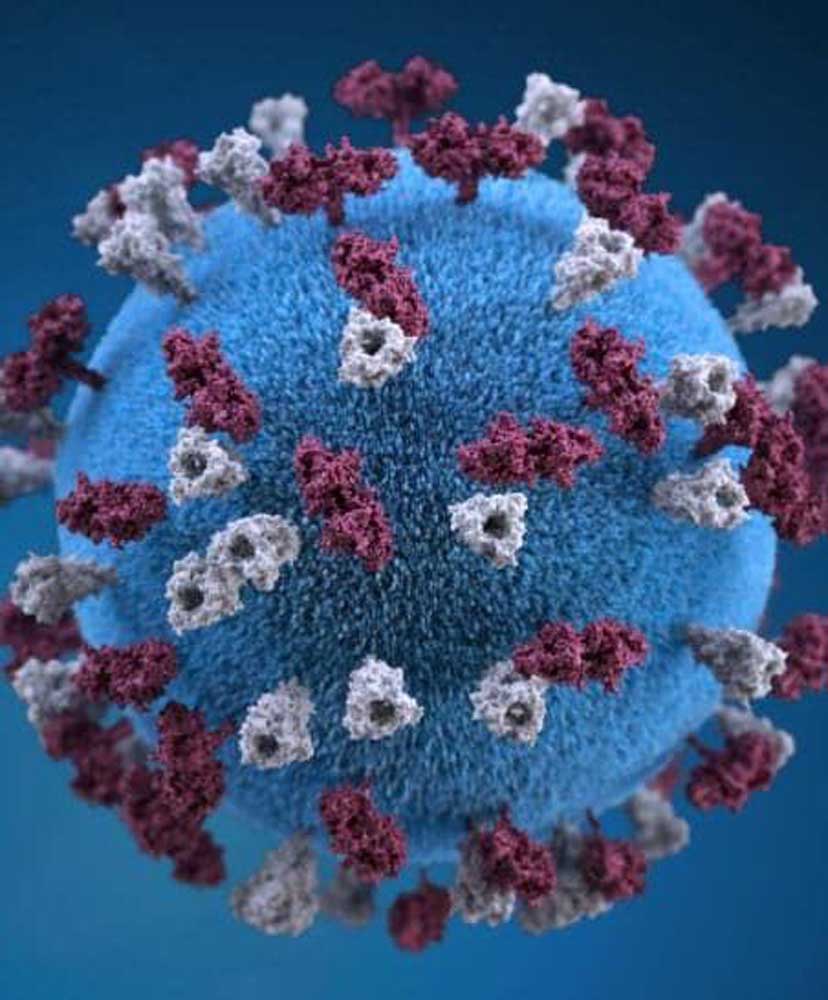Ivy League is using financial aid to lure elite athletes
Published 4:00 am Friday, December 23, 2011
The eight Ivy League colleges, renowned for their academics, were also once among the country’s highest-achieving athletic institutions, with national champions and multiple prominent and ranked sports teams. But that was 70 or 80 years ago, right?
This month, the Harvard men’s basketball team, which has played the sport for more than a century, was ranked in the nation’s top 25 for the first time. For two months last season, the Yale men’s ice hockey team was No. 1 in the country. Cornell’s wrestling team was No. 1 throughout the same winter, one year after the Cornell men’s basketball team advanced to the final 16 of the NCAA tournament.
In the last two years, the Ivy League has produced 108 first-team all-Americans and won numerous individual national championships. Nineteen of its athletes competed at the 2010 Vancouver Olympics, and 10 won medals.
This renaissance in a league known as the Ancient Eight can be traced to something that has nothing to do with sports. Coaches and athletic administrators said new policies have substantially enhanced financial aid for all admitted students, making it easier to recruit elite athletes.
The Ivy League does not award athletic scholarships, but led by endowment-rich members like Harvard, Yale and Princeton, the conference has spent hundreds of millions of dollars in additional need-based aid — with most of the universities all but eliminating student loans and essentially doubling the size of grants meant for middle-income families.
The financial aid enhancements have had a profound effect on the quality of athletic recruits. Rosters are now fortified with top athletes who would have spurned the Ivy League in the past because they would have been asked to pay $20,000 to $30,000 per year more than at other colleges.
“We’re seeing a significant change in the caliber of the student athlete,” said Steve Bilsky, the University of Pennsylvania’s athletic director, one of more than 50 Ivy League administrators and coaches interviewed. “It’s not even the same population because the pool has widened. We see a considerable number of student-athletes turning down athletic scholarships from places like Stanford, Northwestern or Duke to come to Penn.”
Andy Noel, Cornell’s athletic director, said: “Eighty percent of our best recruits in the current freshman class would not have come here 10 years ago because we couldn’t match other schools’ offers. The impact has been enormous. And will continue to be.”
A recruited Ivy League athlete must have the academic credentials to survive the stringent and highly selective admissions process at each institution. Coaches have little sway in the admissions process, although they do provide a list of potential athletes to admissions officials. Across the league, about 13 percent of each university’s incoming class is composed of athletes chosen from coaches’ lists.
But the new, plentiful financial aid awards have permitted Ivy League coaches to compete head-to-head in the same recruiting arena as some big-time scholarship programs. And in sports like baseball, soccer, wrestling or lacrosse, where most athletic scholarships are split into partial scholarships worth a half or a quarter of the cost to attend school, it is not uncommon for an Ivy League financial aid package to be superior to the athletic scholarship.
At most Ivy League institutions, families earning less than about $65,000 annually are now asked to make no contribution to their children’s education. Families making $65,000 to $180,000 might be expected to pay 10 percent to 18 percent of their annual income on a sliding scale. Ten years ago, such families would have been expected to pay almost twice as much, and their child would probably have accumulated a debt of about $25,000 after four years.
The current guidelines vary from institution to institution, but each Ivy League member has significantly increased aid packages to align similarly and has shown noteworthy largess. And in another unprecedented move, a vast majority will match the aid package offered by another Ivy League member. That makes the financial aid awards in the Ivy League generally the most generous of any group of colleges or universities in the United States.
“When I was a senior in high school, I had about 20 basketball scholarship offers from all over,” said Shonn Miller, now a star 6-foot-7 freshman forward at Cornell. “But when they said I could come to Cornell for $2,000 a year, it made my decision pretty easy. I mean, are you kidding me?
“With the finances out of the way, a lot of good players are taking the education, the prestige and the athletics in one package.”
Christian Webster, the second-leading scorer on Harvard’s basketball team last season, made the same choice even when the cost to attend Harvard was $20,000 a year, including room and board.
“It’s a sacrifice, but it’s doable,” said Webster, a junior who was Maryland’s high school player of the year in 2009 and had about 25 full athletic scholarship offers. “It’s not free, but it’s also not the full price of $50,000 or more. To me, it was a 40-year life decision, not a four-year decision.”
Around the Ivy League, financial aid initiatives adopted in the past few years and directed at all students have significantly altered the decision-making of as many as 700 top recruited athletes.
The Ivy League gradually stepped away from the upper tier of college athletic competition beginning in the late 1950s, most conspicuously in football. As other larger universities gave away thousands of athletic scholarships and relaxed admissions standards for superior athletes, the Ivies retreated to focus on play against peer institutions with similar academic and athletic philosophies. Regional and national team championships were still won but more rarely, especially in major sports.
For decades thereafter, if elite athletes were also standout students, they were increasingly lured away by places like Notre Dame, Vanderbilt or Duke, which offered athletic scholarships and academic excellence.
“It got to the point where the only elite athletes we could reasonably recruit were either relatively poor or very wealthy,” said Rob Koll, Cornell’s wrestling coach for the last 19 years. “That’s because in either case, money was out of the equation. One kid was going to get full aid from us and the other kid’s family wasn’t much concerned by the cost.








